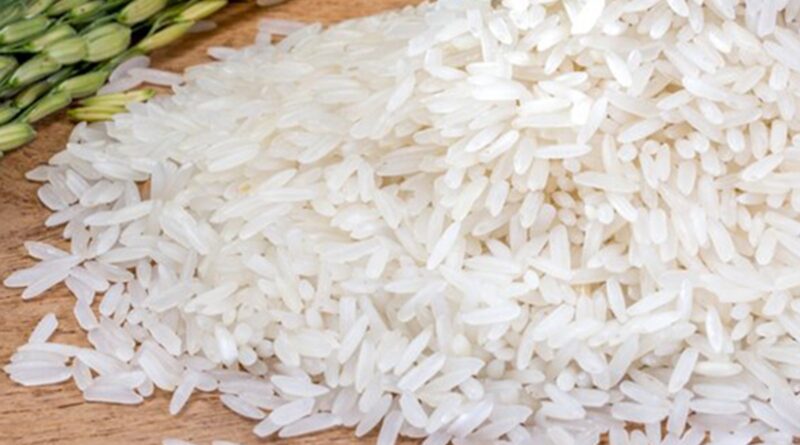Telangana rice exports nosedive as high costs, global competition squeeze market share
Telangana’s rice export industry is finding itself in a tailspin of late. Millers are claiming to have slashed shipments by an estimated 20-30 per cent in 2025 due to inflated procurement costs.
The crisis, compounded by a collapse in domestic demand from the government’s subsidised fine rice distribution through the public distribution system (PDS), threatens Telangana’s ambitious target of exporting 50-60 lakh tons annually to emerging markets like Indonesia and Africa. Export markets are fast drying up amid high costs and global competition, said a rice miller and exporter from Nizamabad.
Telangana’s rice millers are struggling to compete in international markets where lower-priced alternatives from Thailand and Vietnam are dominating.
Industry data shows India’s non-basmati rice exports, a segment where Telangana plays a major role, dropped 6.9 per cent in 2024 to 17.8 million metric tons. Telangana’s decline is projected to be steeper, with exports to key markets like Saudi Arabia and the United Arab Emirates (UAE) dwindling due to regional conflicts and payment delays disrupting India’s rice trade. These Middle Eastern nations, once major buyers of Telangana’s premium fine rice, have scaled down their imports as geopolitical tensions raise logistical and financial hurdles.
In West Africa, traditional markets, including Nigeria, which previously absorbed a substantial share of India’s non-basmati exports, are increasingly turning to cheaper Thai and Vietnamese rice.
“Our fine rice is priced out of these markets,” said the Nizamabad-based rice miller. “Competitors offer similar quality at lower rates, and we can’t match them with our high input costs,” he said.
Even recent export deals, such as a 100,000 metric ton shipment to the Philippines, have been overshadowed by slack demand, with April-May 2025 shipments showing a considerable slowdown.
As of August 2025, 30,000 metric tonnes have already been exported to the Philippines. Over the past five years (up to June 2024), Telangana exported 11,738 metric tonnes of rice to the Philippines, valued at Rs 239 crore. It indicates a growing trade relationship with the Philippines.
In contrast, millers in States like Andhra Pradesh and Punjab procure fine paddy at relatively lower prices, providing them a critical cost advantage. This enables them to export at competitive global rates, typically $400-$450 per tonne for premium varieties, while Telangana’s millers grapple with costs inflated by the State policies.
The export downturn coincides with a domestic crisis. Large rice mills in Telangana report a 55-60 per cent drop in operations. It was owed to factors such as procurement issues, rising milling costs and delayed government payments. In Warangal, a wholesale trader resented that the daily sales were coming down from 25-30 quintals to just 2-3 in June and July as consumers flocked to PDS-supplied fine rice.
“The PDS rollout has killed our market,” he lamented, asking why people would buy from them when subsidised rice was available.
Millers warn that without proper reforms, Telangana’s rice sector risks losing its foothold in global markets. The state’s goal of exporting 50-60 lakh tons annually to new markets like Indonesia and Africa appears increasingly unattainable.
They are calling for a fresh review of the State’s milling policy to align farmer incentives with trade sustainability to address factors that triggered a slump being faced by the rice industry. Millers are also urging the State government to act swiftly, warning that further delays could cede market share to competitors.
This article has been republished from The Telangana Today.

